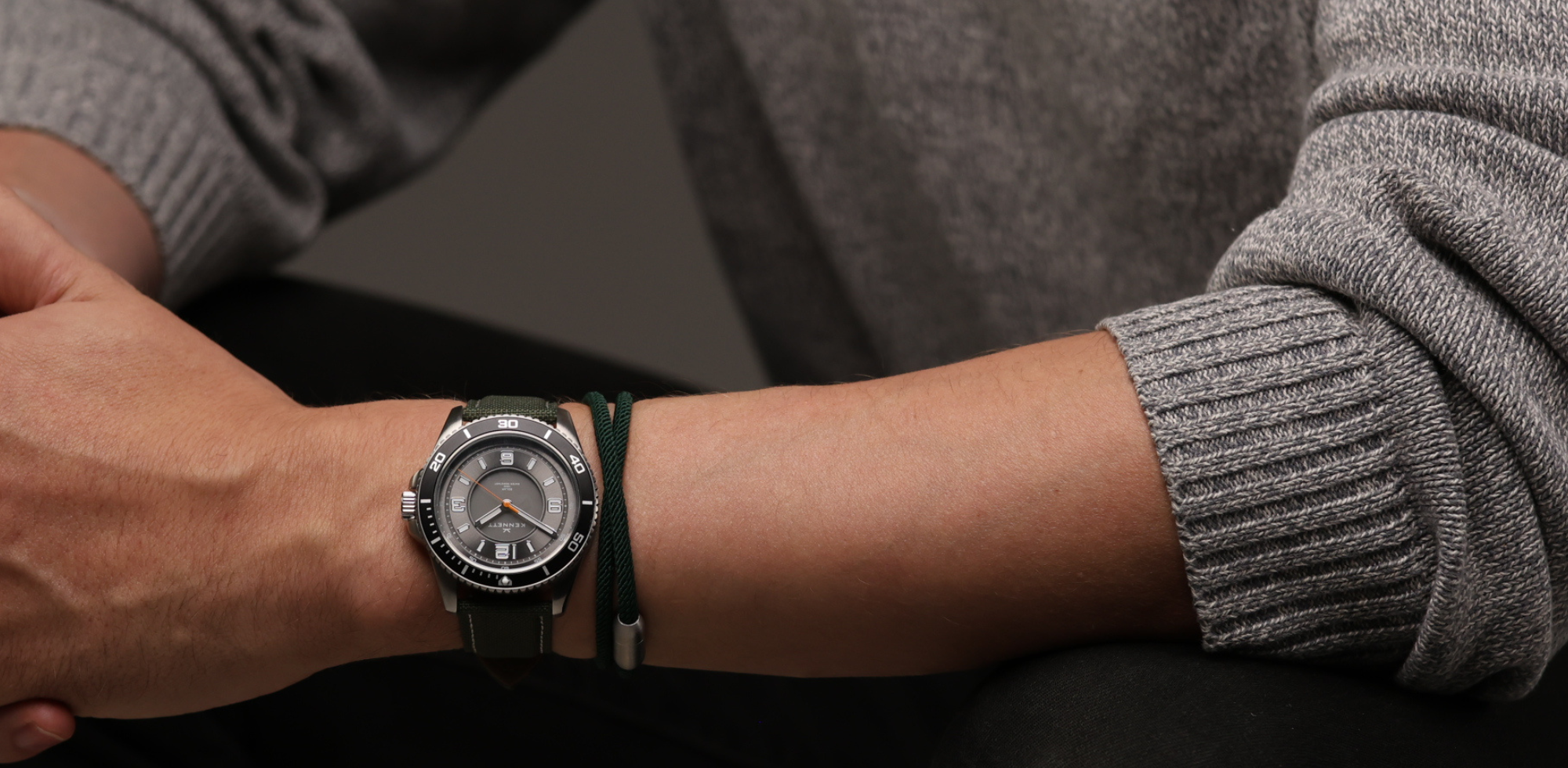A Brief History of Cufflinks & How to Wear Them
Cufflinks have long been a symbol of sophistication, refinement and attention to detail in men’s fashion. But where did these miniature accessories originate, and how do you wear them properly today? Whether you’re new to formal dressing or refining your wardrobe, understanding the history and usage of cufflinks is essential.
What Are Cufflinks?
Cufflinks are decorative fasteners used to secure the cuffs of a dress shirt. Unlike buttons, which are sewn onto garments, cufflinks are detachable and slide through special holes on either side of the cuff, fastening them together. Typically worn with double (or French) cuffs, cufflinks are most commonly seen in formal or business attire, adding a touch of personality and class.
Cufflinks come in a wide variety of styles, shapes, and materials—ranging from precious metals and gemstones to novelty designs. They offer an excellent opportunity to express individuality within the constraints of formal dress.
A Short History of Cufflinks
The origin of cufflinks can be traced back to the early 17th century. Prior to their invention, men used strings or ribbons to tie their shirt cuffs. As men's fashion evolved during the late 1600s, so did the need for more elegant fastening solutions.
By the 18th century, "sleeve buttons" appeared, typically made of glass or precious stones connected with chains. These early cufflinks were reserved for the upper classes, signifying wealth and taste.
Cufflinks gained popularity during the 19th century, thanks in part to the industrial revolution which enabled mass production. They became an essential part of the well-dressed gentleman’s wardrobe during the Victorian and Edwardian eras. Over time, their design expanded to include personalised and novelty options, making them accessible to a wider audience.
How to Wear Cufflinks
To wear cufflinks, you’ll need a shirt with double or French cuffs, which are designed specifically for this purpose. These cuffs are longer than standard ones and fold back on themselves, creating four layers through which the cufflink passes.
Cufflinks are suitable for a range of formal occasions including weddings, business meetings, and black-tie events. They’re also a great way to elevate a smart-casual outfit when paired with a blazer or sports coat.
How to Put On Cufflinks
-
Fold the cuff back so the inside faces out, aligning the holes.
-
Insert the cufflink through all four holes (two on each side of the cuff).
-
Secure the cufflink, depending on its type. For example, with a bullet-back design, flip the toggle to lock it in place.
There are several types of cufflink mechanisms, including fixed, chain-link, bullet-back, and whale-back. Each functions slightly differently but achieves the same result—securing your cuff in style.
Conclusion
Cufflinks may seem like a small detail, but their impact on a tailored look is significant. From royal courts to modern-day boardrooms, they remain a staple of men’s formalwear. Whether classic or contemporary, knowing how to wear and use cufflinks ensures you’ll always make a sharp impression.



